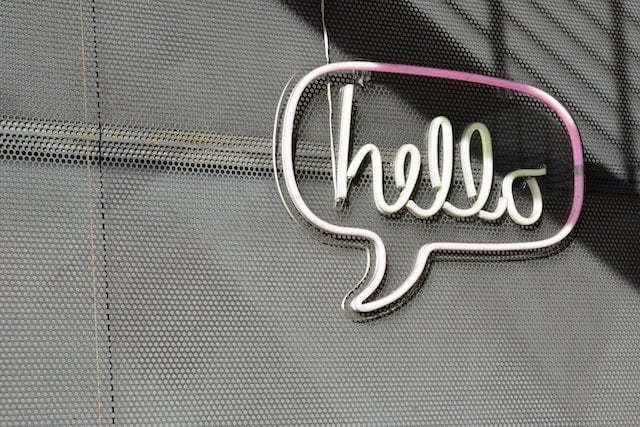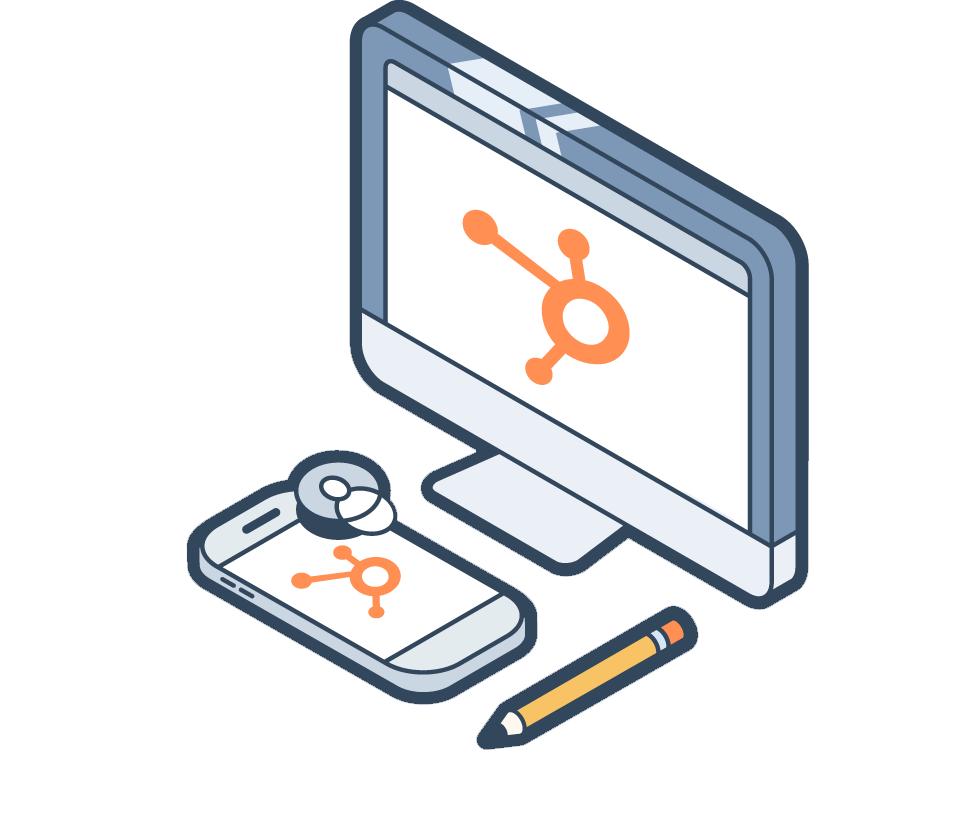The sales to customer success handoff is an important time in your customer’s journey. If done well, your customers will feel supported and ready to accomplish their goals. If the handoff isn’t seamless, your customers can feel alone, unsatisfied, and may even experience buyer’s remorse. Yikes.

So, how does one create a good sales to customer handoff?
Unfortunately, there’s not a one-size-fits-all approach to a seamless sales to customer success handoff. But, there are certain practices that you, as a customer success or sales leader, can create to maintain open communication between the two teams.
The easiest way to keep track of your expectations and establish buy-in from everyone involved is by creating a playbook. The goal of a playbook is to ensure that all parties involved know what it takes to create a seamless sales to customer success handoff process so that your company can improve retention.
Download a templated playbook here.
There should be five sections in your playbook:
Goals
Buddy system
Note templates
Feedback
Resources
Access Your Playbooks in HubSpot
Goals
Make sure there’s some alignment between your sales team’s goals and your customer success team’s goals. For instance, at HubSpot, both our sales teams and customer success teams are measured on revenue retention. When both teams are measured on a few of the same metrics, alignment naturally forms because both of your teams are working towards a unified goal.
Buddy System
A buddy system pairs your sales reps with your customer success agents in an attempt to build meaningful relationships. The hope of creating a buddy system isn’t just to create empathy for one another, but also to give folks a point person on the other team; if a question arises, a customer success agent should feel empowered to ask their sales buddy, and vice versa. At HubSpot, we’ve also seen success by assigning certain sales reps to customer success agents. This means when a sales rep closes a deal, that customer will always go to a specific customer success agent. While this method might not work for all teams, the benefits include sales reps and customer success agents having a deep understanding of how their counterpart works best. Expectations become clearer for the customer, and sales can accurately speak to the strengths of the customer success agent.
Additionally, if your budget allows, set up a fun mixer for these two teams to get to know one another. Many times, it’s easy to blame another party if something goes wrong, especially if you don’t know them. A mixer can place names with faces and encourage professional—and even fun—relationships between the two groups.
Note Templates
Note templates are predesigned outlines that your reps can fill out to accurately pass information to another party. Because one of the leading causes for poor customer experience is a lack of knowledge transfer between the customer’s points of contact, note templates can be beneficial. A customer doesn’t want to repeat information they’ve just told their sales rep to their customer success agent. So, to ensure your customers don’t have to do this, use a CRM that allows reps and agents to use note templates to foster clear communication.
Now, you’ll likely get pushback from your sales reps here—after all, time is money. Every second sales reps spend writing notes is a second they could be selling. For this reason, make it as easy as possible for your reps to write their notes. Have your sales reps use reusable text blocks, like the HubSpot snippets tool, to quickly write notes for your customer success team.
Additionally, create note templates for your customer success agents to fill out at the end of their time working with a customer. These notes will help your sales team understand if there are any upsell opportunities.
Feedback
Even with all the rules and expectations written out in a playbook, nothing’s perfect—mistakes will be made. Providing actionable feedback in a timely manner will help both teams grow. Additionally, if you’re providing feedback directly to your colleague, it minimizes the chances of complaining and talking behind people’s backs around the office.
A feedback model that’s commonly used in corporate settings is the situation, behavior, impact feedback model—or SBI. The SBI feedback model is a model for delivering effective feedback. You do this by focusing comments on specific situations and behaviors and then outlining the impact these behaviors have on others.This method of giving feedback eliminates any assumptions and ensures your comments are objective. You can find this information outlined in our playbook, along with an example.
Who's Who
Finally, the last section of the playbook should be a list of resources for both teams. This includes “who’s who” documentation. This is a list of the names and titles of all sales and customer success folks, as well as what they specialize in. Is there someone on the customer success team who’s really good at delivering assistance for a specific part of your product or service? Is there a sales rep who excels at upgrades? Not only will your team members feel good about being known for a strength, but this will also encourage team members to seek help from their colleagues rather than turning to their managers.
These five sections are a great start to developing a repeatable, effective, and seamless sales to customer success handoff. Not only will your current team members benefit from this documentation, but this will prove invaluable to your new hires as well, eliminating the need to go to you for numerous questions. As a leader, take some time to fill out the playbook, and schedule a meeting with both teams to go through what each section means. If your teams are on the same page, everyone, especially your customers, will win. Good luck!
Want to connect with others on HubSpot tips, tricks, and updates? Head over to the HubSpot Community to join a conversation or start one of your own.










